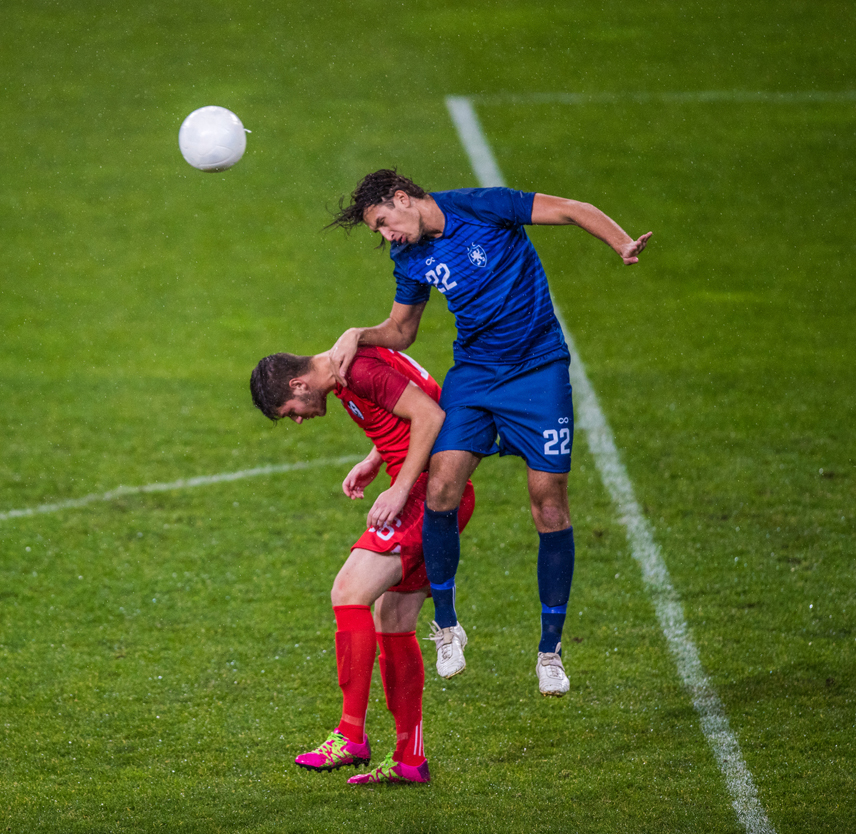
Rodrigues AC, Lasmar RC, Caramelli P. Effects of soccer heading on brain structure and function. Front Neurol. 2016;7:38–38.
Abstract
Soccer is the most popular sport in the world, with more than 265 million players worldwide, including professional and amateur ones. Soccer is unique in comparison to other sports, as it is the only sport in which participants purposely use their head to hit the ball. Heading is considered as an offensive or defensive move whereby the player’s unprotected head is used to deliberately impact the ball and direct it during play. A soccer player can be subjected to an average of 6–12 incidents of heading the ball per competitive game, where the ball reaches high velocities. Moreover, in practice sessions, heading training, which involves heading the ball repeatedly at low velocities, is common. Although the scientific community, as well as the media, has focused on the effects of concussions in contact sports, the role of subconcussive impacts, as it can occur during heading, has recently gained attention, considering that it may represent an additional mechanism of cumulative brain injury. The purpose of this study is to review the existing literature regarding the effects of soccer heading on brain structure and function. Only in the last years, some investigations have addressed the impact of heading on brain structure, by using neuroimaging techniques. Similarly, there have been some recent studies investigating biochemical markers of brain injury in soccer players. There is evidence of association between heading and abnormal brain structure, but the data are still preliminary. Also, some studies have suggested that subconcussive head impacts, as heading, could cause cognitive impairment, whereas others have not corroborated this finding. Questions persist as to whether or not heading is deleterious to cognitive functioning. Further studies, especially with longitudinal designs, are needed to clarify the clinical significance of heading as a cause of brain injury and to identify risk factors. Such investigations might contribute to the establishment of safety guidelines that could help to minimize the risk of possible adverse effects of soccer on brain structure and function.
